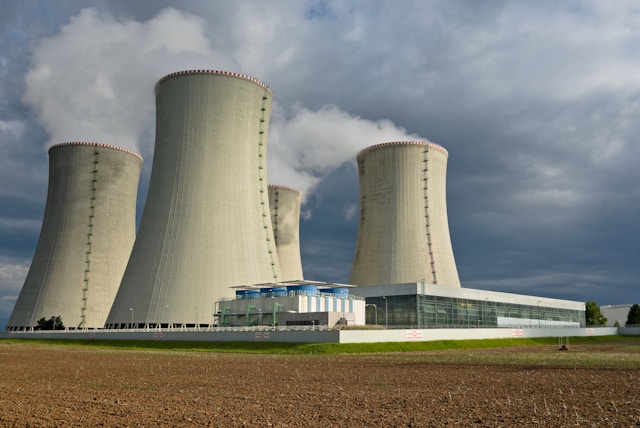Nemaska Lithium poised to become major player in global market

Nemaska Technical Director Jean-Francois Magnan. — Photo courtesy Nemaska Lithium Quebec-based Nemaska Lithium has just announced an agreement in pri
Nemaska Technical Director Jean-Francois Magnan. — Photo courtesy Nemaska Lithium
Quebec-based Nemaska Lithium has just announced an agreement in principle with the City of Shawinigan to purchase land and facilities that will enable the company to break ground on a $38 million demonstration hydromet plant, which will pave the way for a $500 million commercial facility on the same site in the near future.
“This is going to be a huge step for Canada, because currently there is no lithium production in Canada,” said Nemaska technical manager Jean-François Magnan.
The development is doubly significant, considering eastern Canada is home to three key players in global lithium ion and lithium metal polymer battery production: Bathium Canada, Electrovaya and Jonson Matthey, the second largest consumer of lithium hydroxide monohydrate after Tesla Motors. Once Nemaska’s commercial hydromet plant is up and running, it will supply all three companies with high purity lithium hydroxide and lithium carbonate, which it will convert from the spodumene concentrate produced at Nemaska’s Whabouchi Mine, located in Eeyou Istchee James Bay territory 300 kilometres north of Chibougamau, Quebec.
“We will also process the companies’ lithium byproduct," said Magnan, "converting it into lithium hydroxide solution, which will help them reduce their lithium consumption and be more efficient."
Currently the planet's only sources of lithium are Chile, Argentina and Australia, and the total global market stands at 170,000 tonnes. But with 100,000 tonnes of new demand expected over the next five or six years—driven primarily by the growth in demand for electric vehicles, cellphones, tablets and other electronic consumer products—Magnan said there is a race to fill the gap.
He said Nemaska has an edge in this competition due to its proprietary electro-chemical refining process, which reduces costs and greenhouse gas emissions. The reduced environmental impact of this process has earned the company a $16 million grant from Sustainable Development Technology Canada and another grant from the province of Quebec.
“I think it is the biggest grant SDTC has given to date,” Magnan said. “We use an electrochemical process versus a purely chemical process, using electricity to replace chemical reagents. It’s better for the environment, because all of our electricity in Quebec comes from hydro power.”
Nemaska’s electrochemical process also enables the company to reduce its reliance on soda ash, which is required for traditional metallurgical processing, by using electrolysis instead. Magnan said this will provide significant savings for the company and its customers down the line.
“With soda ash, you buy it at the spot price," he said. "You don’t know what you’ll pay for it next year. But the cost of electricity is very predictable. We know what we will be paying over the long term.”
Although Nemaska has already demonstrated the feasibility of its refining process, Magnan said building its phase 1 demonstration plant before proceeding to the commercial facility offers a number of advantages. For one, it will allow Nemaska to engage customers in advance, sending samples of the material to them so they can begin qualifying Nemaska’s product, which can be a lengthy process. The demonstration plant will also enable the company to train 20 to 30 workers, who will then be in a position to help operate and train additional workers for the commercial plant.
“It will help us to avoid costly mistakes and optimize ramp-up of the commercial plant,” Magnan said.
Originally Nemaska had planned to build both the demonstration plant and the commercial hydromet in Salaberry-de-Valleyfield, Quebec. However, the company relocated to Shawinigan because the site offered high quality buildings at a former forestry plant that will reduce both construction time and capital costs. Magnan estimates the change in location could save the company somewhere between $30 and $40 million on the commercial hydromet alone. The Shawinigan site also comes with ready-to-use infrastructure, including natural gas lines, a power station and a railway. In addition, the site is closer to Nemaska’s Whabouchi mine site, reducing transportation costs and greenhouse gas emissions for shipping the raw material to the plant.
With funding for the demonstration plant complete, Nemaska plans to purchase equipment by the end of the year and then bring the plant online sometime within the next eight to 10 months. Magnan expects to be sending out sample product by early 2017 and engineering of the commercial plant to begin in 2018.



